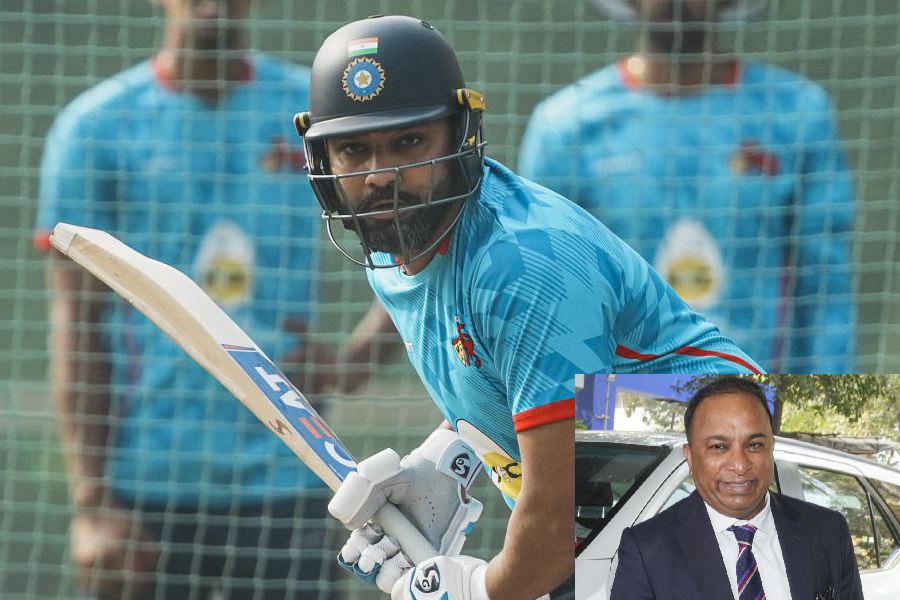India’s space agency on Sunday conducted a third successful test flight of an experimental reusable launch vehicle (RLV), evaluating its endurance against more challenging wind conditions than it had encountered during its second test flight three months ago.
The Indian Space Research Organisation said it had achieved “a third consecutive success” in a landing experiment with the RLV — a self-flying winged vehicle designed to execute missions in low Earth orbit and return to land like an aircraft.
In each landing experiment, an Indian Air Force Chinook helicopter ferried the RLV to an altitude of about 4.5km where the RLV was activated and Isro engineers evaluated its capacity to approach and make a high-precision landing on a runway also about 4.5km away.
Sunday’s flight test has demonstrated the RLV’s landing capability “under more challenging release conditions and more severe wind conditions” than the RLV encountered during the second flight test on March 22 this year, Isro said.
“This mission simulated the approach and landing interface and high-speed landing conditions for a vehicle returning from space,” Isro said. The third RLV test flight reused the winged body and flight systems from the first test flight in April 2023 and the second test flight in March, demonstrating the vehicle’s capability to reuse flight systems for multiple missions.
The RLV named Pushpak executed cross-range correction manoeuvres, approached the runway, and performed a precise horizontal landing along the runway centreline, the agency said. Due to the RLV’s aerodynamic configuration, the landing speed exceeded 320kmph, compared to 260kmph for a typical commercial aircraft and 280kmph for a fighter aircraft.
After the touchdown, a brake parachute reduced the vehicle’s speed to 100kmph after which the landing gear brakes were activated for further deceleration. During this ground roll phase, Isro said, Pushpak uses its rudder and nose wheel steering system to maintain a stable and precise ground roll.
Aerospace engineers say the RLV which combines the complexity of both launch vehicles and aircraft is intended to reduce the cost of launching satellites that have traditionally been ferried into space by single-use rockets.










